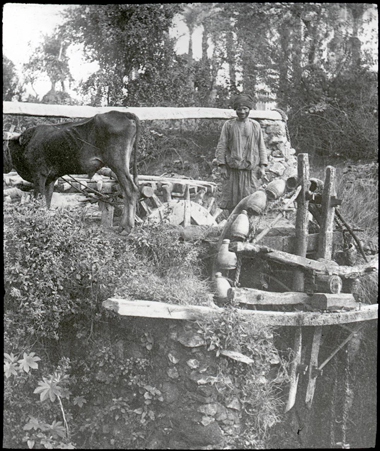2. Domestication
The earliest evidence of cats cohabiting with man comes from a 9,500 year old grave in Cyprus, where a human and a cat were found buried together. Previously, Egyptian art and the discovery of cats which had been mummified just before 2,000 B.C. had been the earliest clear evidence of cats in human culture.
Domestication probably began with farmers in the Middle East. A change in human farming activities meant that quantities of grain were harvested and stored around human settlements, which attracted large number of rodents – effectively forming a concentrated food supply for predators
How cats became domesticated
Wildcats would have not only altered their hunting habits for this prey, but there would have been a need for them to increase their tolerance for the proximity of man
In addition the cats would have been living at a higher density than their savannah relatives and hence there would also be a need for increased tolerance of each other
Cats were valued by humans due to protection of their grain stores as a result of rodent control and encouraged this mutually beneficial relationship
The result was a divergence into two populations of cats – those more tolerant of living near humans in higher cat density areas (which have evolved into today’s domestic cat, found all over the world) and those more fearful cats which continued to live out on the sparse savannah which includes a species still found today, the African wildcat).
Differences to the domestication of dogs
The domestic dog, in contrast, has been domesticated much longer than the cat, with the process of dog domestication beginning up to 40,000 years ago from the Grey Wolf.
The wolf evolved as a social pack animal which had developed excellent visual communication muscles to enable signaling (facial expressions) and the coordinated ‘team’ hunting of larger prey animals
Man had some control over the reproductive activities of the early dog, selecting specific individuals for their speed or ability to herd or guard and breeding from these, effectively having had a great influence on the gene pool of today’s dog.
However we’ve had less influence on the reproductive activities of cats - over the nine or ten thousand years since feline domestication started, cats have on the most part continued to select their own mates. We’ve only been selectively breeding cats for appearance and temperament for about the last 200 years.

